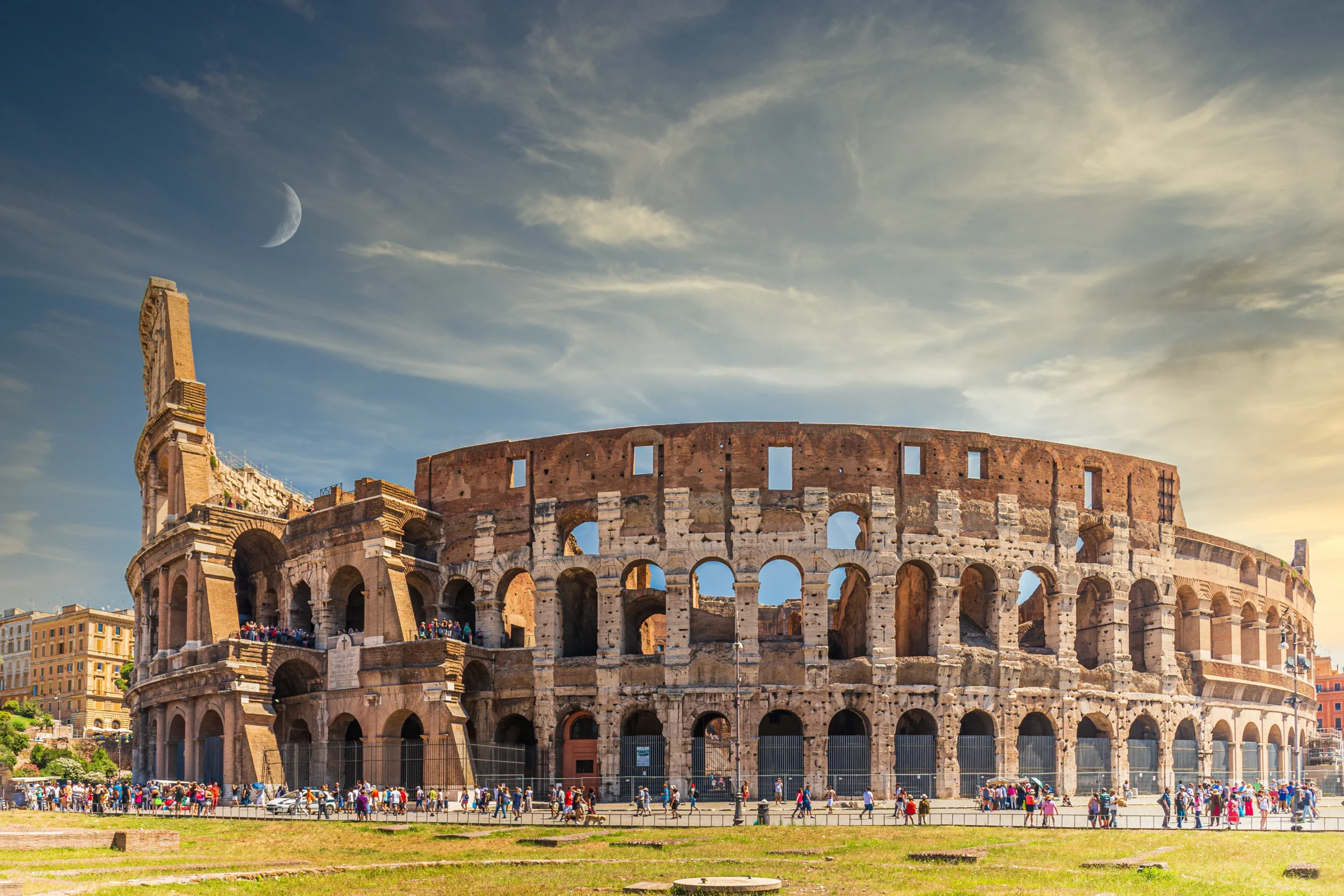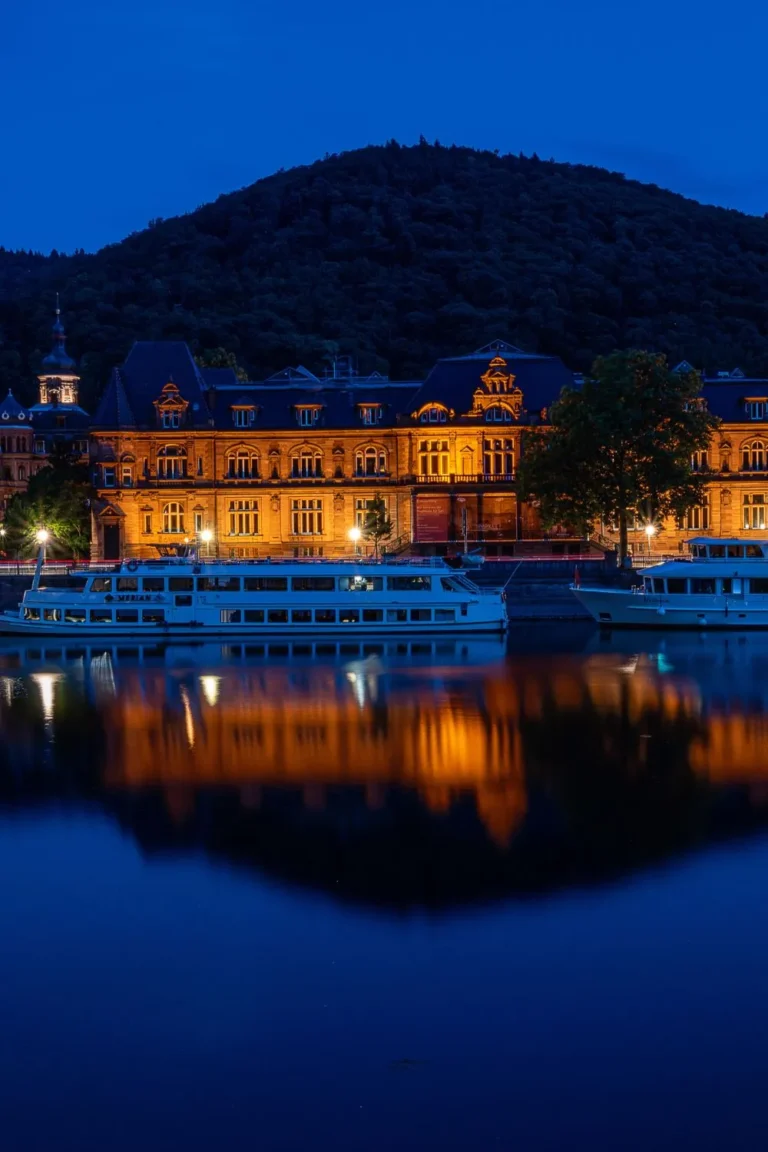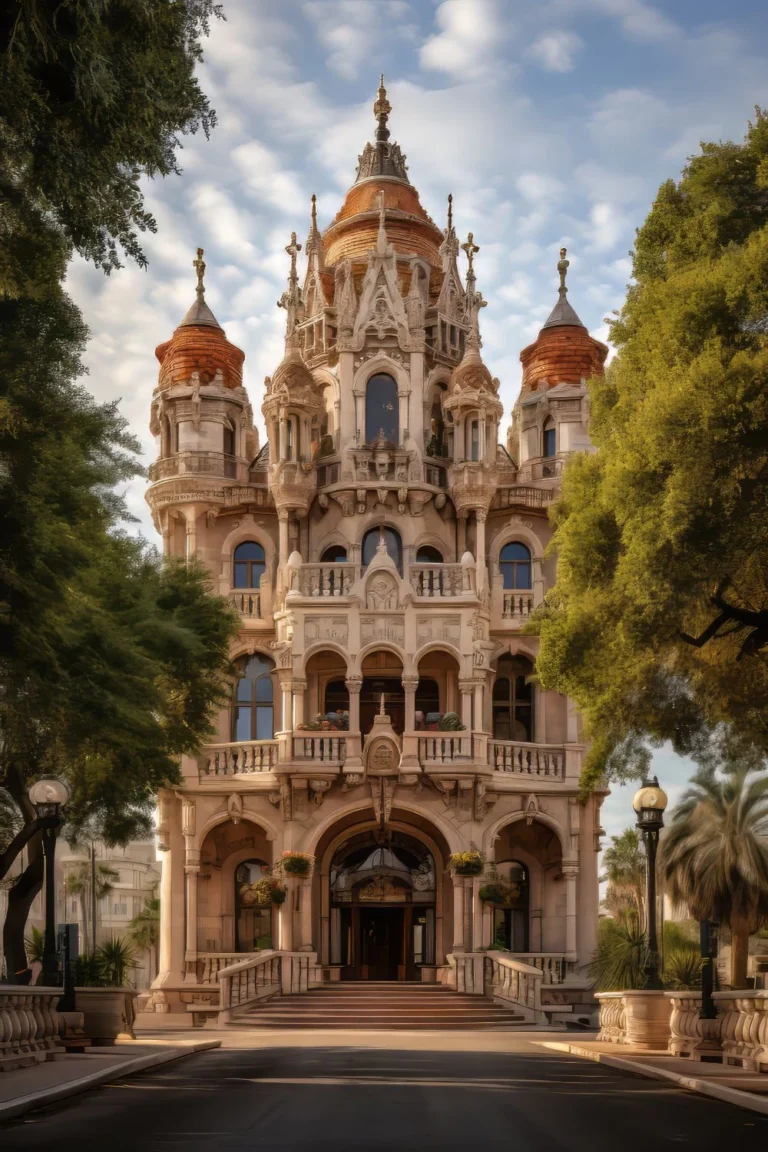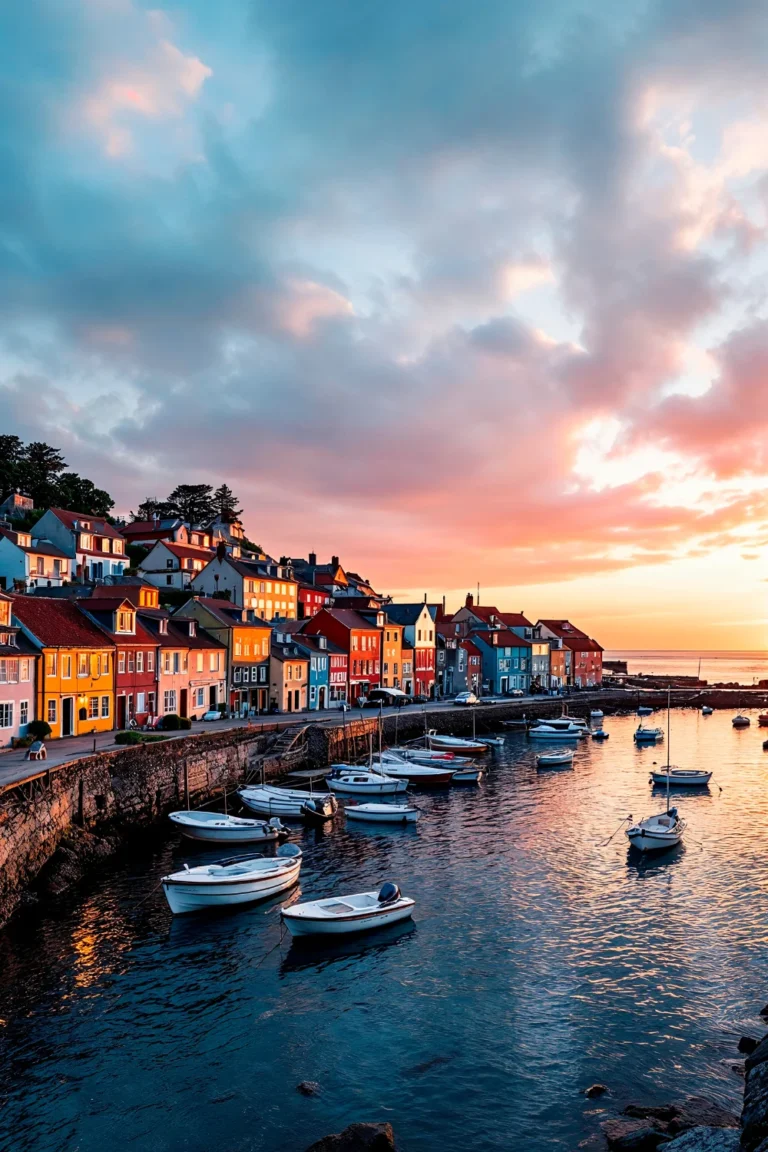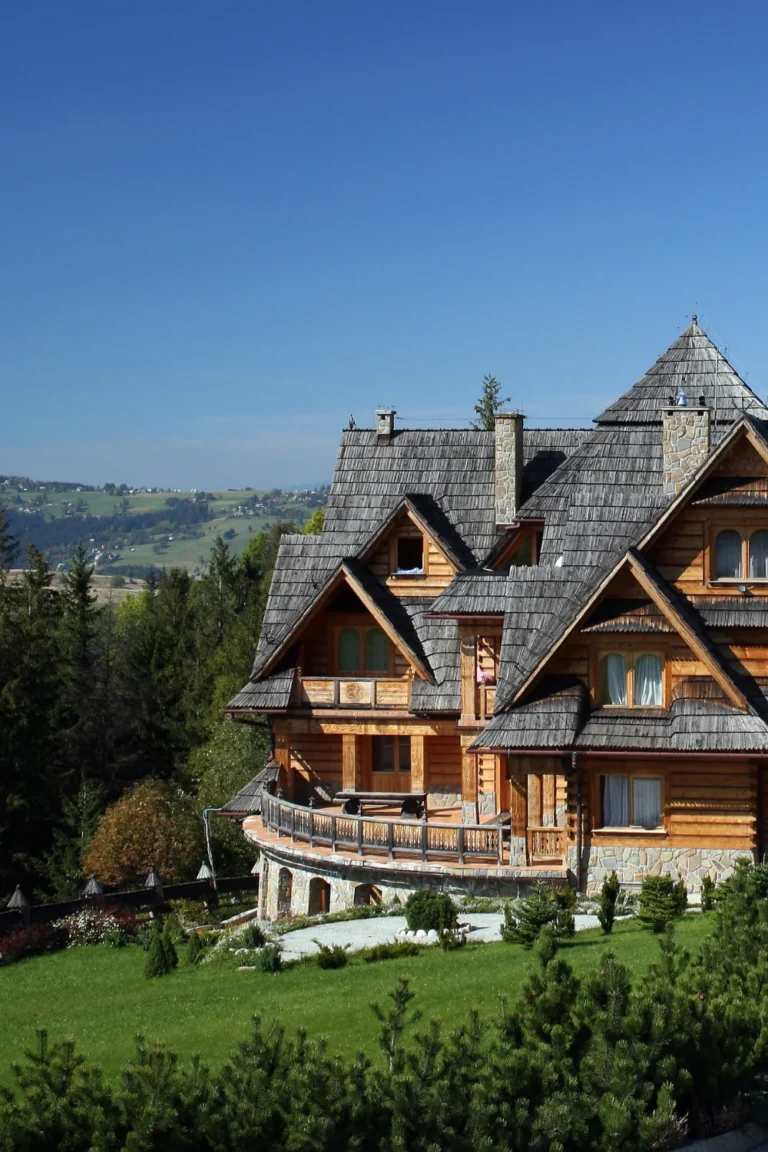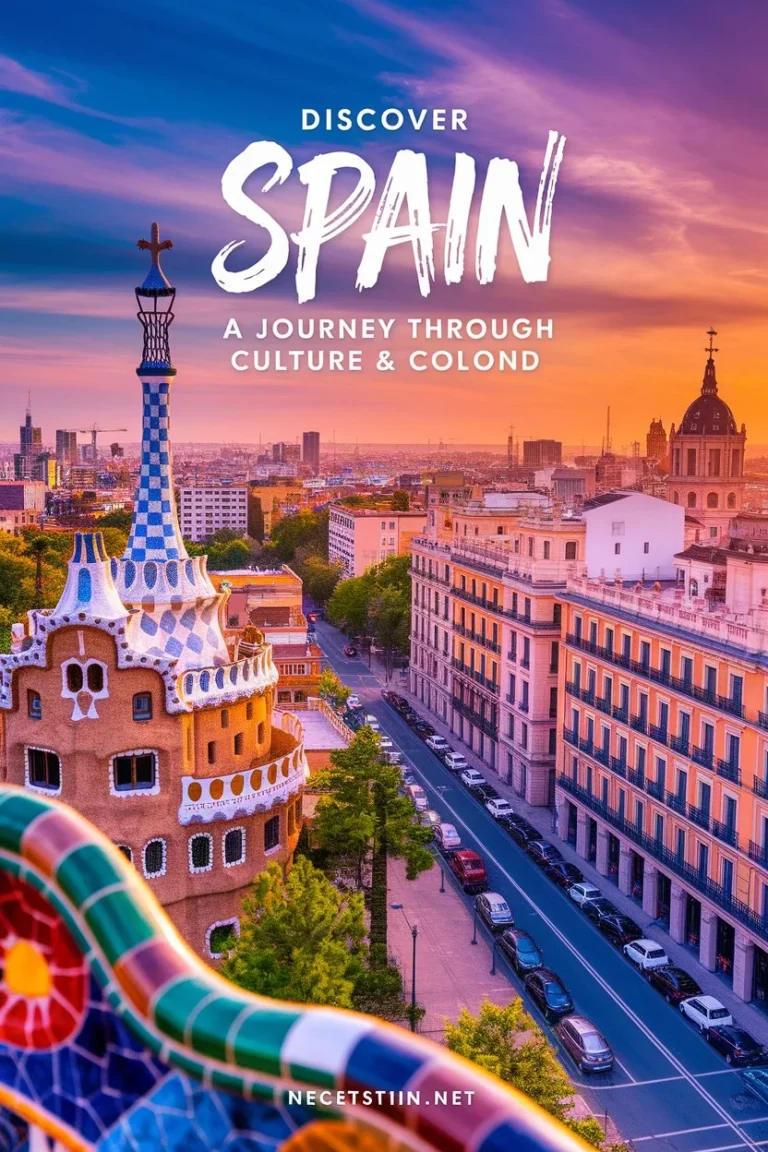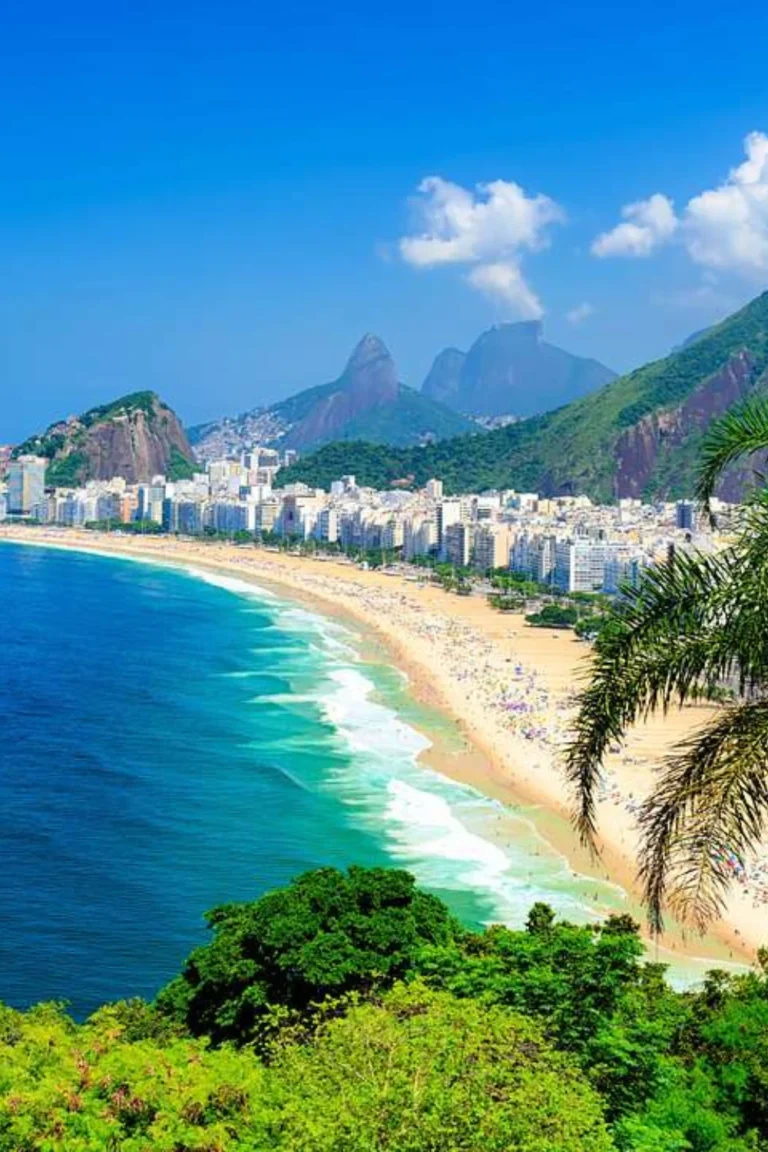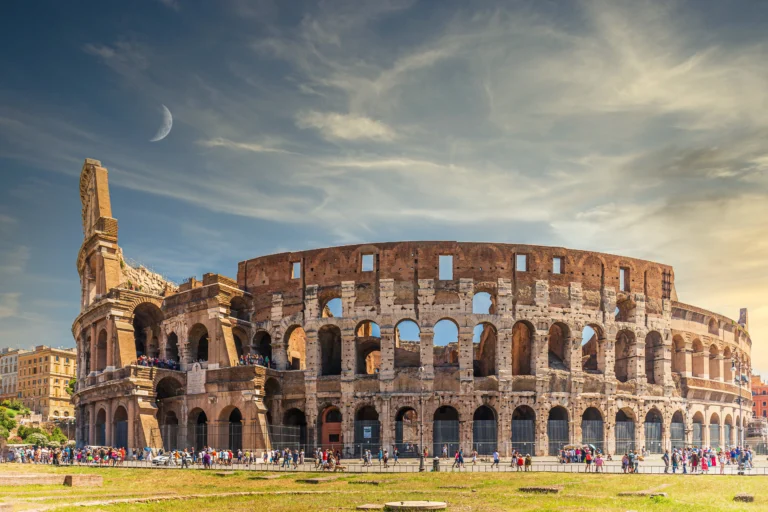So you’re thinking about Europe? Good choice! But let me tell you, planning a trip to Europe can feel like trying to solve a Rubik’s cube blindfolded. With 44 countries, thousands of cities, and more possibilities than you can shake a selfie stick at, it’s easy to get overwhelmed. Don’t worry though – I’ve got your back! This Europe travel planner will turn your “where do I even start?” moment into “I’ve got this!” confidence.
Whether you’re a first-timer or you’ve been around the European block a few times, having a solid plan makes all the difference. Trust me, I’ve seen too many friends come back from Europe saying “I wish I had more time in…” Don’t be that person! Use this Europe travel planner to map out your dream itinerary, ensuring you make the most of every destination.
Table of Contents
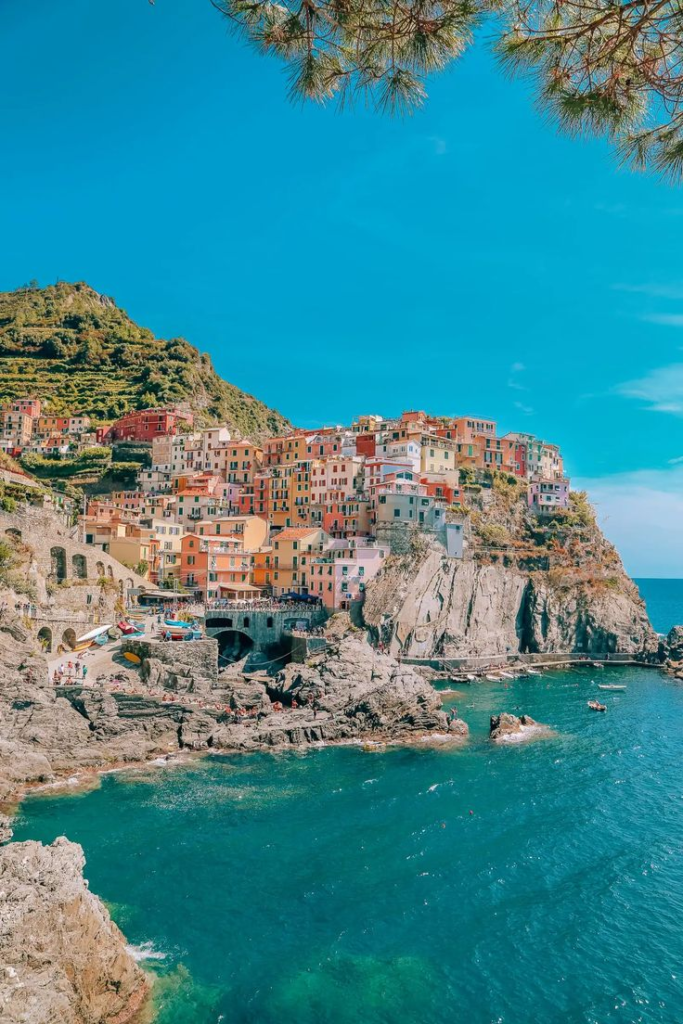
Why You Actually Need The Europe Travel Planner (Sorry, Spontaneous Travelers!)
Here’s the thing about Europe – it’s amazingly diverse, which is both awesome and kind of a problem. One day you’re sipping wine in a Tuscan vineyard, the next you could be watching the Northern Lights in Iceland. Each place has its own vibe, weather, and quirks that you really should know about beforehand.
Good planning isn’t just about being organized (though your Type-A friends will appreciate that). It’s about saving money, avoiding those “tourist trap” moments, and actually having time to enjoy that gelato instead of rushing to catch your next train. Plus, nothing ruins a vacation like standing in line for 3 hours at the Eiffel Tower because you didn’t book ahead!
Quick Start Checklist: The Boring But Important Stuff
Do You Need a Visa? (Spoiler: Probably Not)
If you’re from the US, Canada, or Australia, you can visit most of Europe (26 countries in the Schengen Area) for up to 90 days without a visa. Just show up with your passport and you’re good to go! The main entry points are the usual suspects: London Heathrow, Paris Charles de Gaulle, Amsterdam Schiphol, and Frankfurt. Pro tip: Frankfurt might not be the most exciting city, but their airport is incredibly efficient.
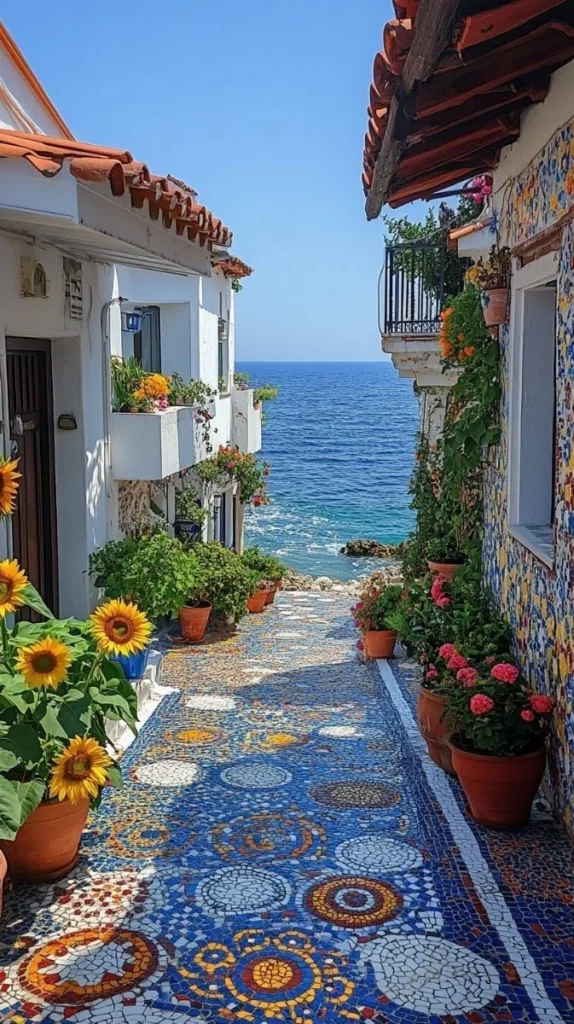
When Should You Actually Go?
Spring (March-May): Perfect weather, fewer crowds, everything’s blooming. It’s like Europe’s sweet spot! Summer (June-August): Festival season and long days, but prepare for crowds and your wallet to cry Fall (September-November): Honestly, this might be the best time. Great weather, harvest season, and tourists start going home Winter (December-February): Christmas markets are magical, skiing is epic, and prices are lowest. Just pack warm!
Money Talk
Most places use the Euro (19 countries), but the UK still does its own thing with pounds, Switzerland has francs, and Eastern Europe has a bunch of different currencies. Budget-wise, you can backpack for €30-50 a day if you’re scrappy, or go full luxury for €200+ if you want to live like royalty.
How to Build Your Europe Itinerary (Without Losing Your Mind)
Figure Out What Kind of Traveler You Are
Before you start pinning every castle on Pinterest, think about your travel style. Are you the “sleep in hostels and eat street food” type, or more “boutique hotels and Michelin-starred restaurants”? Maybe you’re traveling with kids (bless your heart) or planning a romantic getaway? Your Europe travel planner should match your vibe, not fight against it.
Pick Your Destinations Like a Pro
Here’s where people mess up – they try to see everything. Don’t be that person who spends more time on trains than actually exploring! Instead, think geographically:

- Western Europe: France, Spain, Italy, Netherlands, Ireland (the greatest hits)
- Eastern Europe: Poland, Hungary, Czech Republic, Romania (amazing value, fewer crowds)
- Northern Europe: Iceland, Baltic States (expensive but gorgeous)
- Southern Europe: Greece, Croatia, Portugal, Malta (sunshine and beaches!)
How Long Should You Go?
- 7-10 days: Stick to 2-3 cities in one area. Quality over quantity!
- 14-21 days: Now we’re talking! You can do 4-6 places across 2-3 countries
- 1 month+: Living the dream! Take your time and really get to know places
Getting Around Without Going Crazy
Rome2Rio, Omio, and Google Maps are your best friends here. High-speed trains are amazing for connecting big cities – you’ll be sipping coffee in Paris and eating pizza in Rome faster than you think. Budget airlines are great for longer distances, just don’t expect luxury!
The Best Regions (And Why You Should Care)
Western Europe: The Classic Stuff
This is what most people picture when they think “Europe.” France has that romantic thing down pat, Italy combines incredible art with even more incredible food, and Germany is so efficient it’ll make you question your life choices. Perfect for first-timers who want the full European experience.
Eastern Europe: The Hidden Gem
Seriously, why isn’t everyone talking about Eastern Europe? Prague looks like a fairy tale, Budapest has the most amazing thermal baths, and Krakow’s old town will blow your mind. Plus, your money goes way further here – we’re talking €2 beers instead of €8 ones!
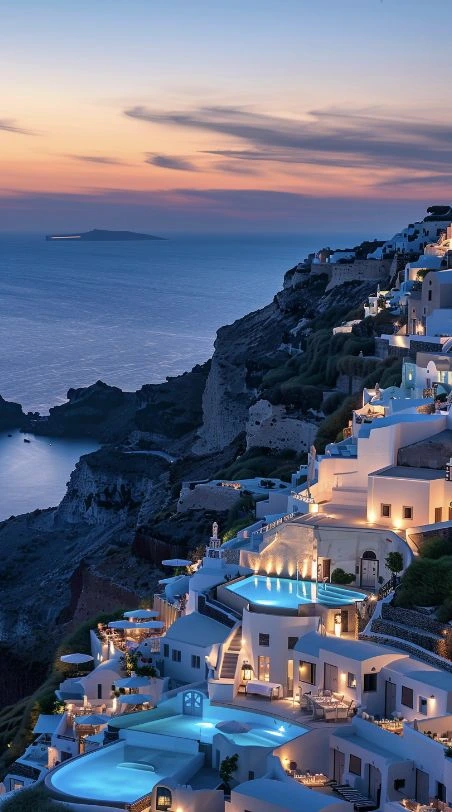
Northern Europe: For Nature Lovers and Design Nerds
Scandinavia is stunning but expensive (like, really expensive). Think midnight sun, Northern Lights, and design so good it makes IKEA look amateur. The public transport is incredible, and the quality of life is off the charts.
Southern Europe: Sun, Sea, and Sangria
Greece, Croatia, and Portugal are basically paradise with history thrown in. These are some of the best countries to visit in Europe if you want to combine beach time with culture. Plus, the food scene is incredible and the people are ridiculously friendly.
When to Go (Because Timing Is Everything)
Spring: The Sweet Spot
March through May is like Europe’s best-kept secret. The weather’s nice, flowers are blooming everywhere, and you won’t have to elbow your way through crowds at every attraction. Perfect for wandering around cities and taking those Instagram shots without photobombing tourists.
Summer: Festival Season (But Also Crowd Season)
June to August is when Europe really comes alive. Festivals, outdoor dining, long days that seem to go on forever. Just be prepared for higher prices and lines. Lots of lines. Book everything in advance!
Fall: The Insider’s Choice
September to November might actually be the best time to visit. The weather’s still great, the summer crowds are gone, and harvest season means incredible food and wine. Wine regions are absolutely stunning this time of year.
Winter: Cozy and Cheap
December to February gets a bad rap, but winter in Europe is magical. Christmas markets, skiing in the Alps, and cozy museum days. Northern countries actually know how to do winter right, and Mediterranean spots are still pretty mild.
Getting Around Europe (Without Breaking the Bank)
Trains: Your New Best Friend
Europe’s train system is honestly incredible. Eurail Passes are great for multi-country trips, and high-speed trains will get you between major cities in no time. Just book in advance for better prices.
Budget Airlines: Love ‘Em or Hate ‘Em
Ryanair, EasyJet, and Wizz Air can get you across Europe for the price of a nice dinner. Just remember: they charge for everything, secondary airports are far from city centers, and pack light or pay up!
Driving: Freedom with a Price
Renting a car gives you total freedom, especially for countryside exploring. Just factor in tolls, parking costs (good luck in city centers), and remember you’ll need an international driving permit.
City Transport: Usually Amazing
European cities generally have fantastic public transport. Get day passes or weekly cards – they’re almost always worth it. Download Citymapper for real-time help navigating.
Where to Stay (From Backpacker to Bougie)
Hostels: Not Just for College Kids
Modern hostels are actually pretty great. Clean, safe, and social. Many have private rooms too, so you get the community vibe without the snoring roommate.
Boutique Hotels: The Sweet Spot
Mid-range boutique hotels are perfect if you want character without breaking the bank. Many are in historic buildings and give you that authentic local feel.
Apartment Rentals: Like Having Your Own Place
Airbnb is great for longer stays or families. Having a kitchen helps with food costs, and you get way more space than a hotel room.
Luxury: Go Big or Go Home
Europe has some of the world’s most amazing luxury hotels. Converted castles, design hotels, the works. If you’re going to splurge, this is the place to do it.
What to Pack for Europe Trip (The Essentials)
Clothes That Work Hard
Pack layers! European weather can be unpredictable. A good waterproof jacket, comfortable walking shoes (seriously, you’ll thank me), and clothes that work for both sightseeing and nice dinners.
Tech Stuff You Actually Need
Universal plug adapters are non-negotiable. Get a portable charger, consider a local SIM card, and download helpful apps like Google Translate, Duolingo, and XE Currency.
The Boring But Important Stuff
Pack your medications, travel insurance docs, and copies of important documents. European pharmacies are great, but prescription rules vary by country.
Keep Your Documents Handy
Passports, travel insurance, hotel confirmations, emergency contacts – keep them accessible. Store digital copies in the cloud as backup.
Budget Like a Boss
Cheapest Places to Explore
Eastern European countries are absolute gold mines. Poland, Hungary, Czech Republic, and Romania offer incredible experiences for way less money than Western Europe.
Money-Saving Hacks
- Cook some meals if your place has a kitchen
- Use public transport instead of taxis (obviously)
- Look for free museum days
- Get city passes for multiple attractions
Free Fun
Every major European city has tons of free stuff: walking tours, parks, markets, and just wandering around looking at architecture. Do your research!
Safety and Not Being “That” Tourist
Stay Safe (It’s Pretty Easy)
Europe is generally super safe. Just watch for pickpockets in touristy areas, keep your valuables secure, and trust your gut. Emergency number 112 works everywhere in the EU.
Don’t Be Annoying
Respect local customs, dress appropriately for churches, and learn basic tipping etiquette (it varies by country). When in doubt, observe what locals do.
Avoid Common Scams
Distraction techniques, overpriced “tourist” restaurants, and fake tour guides are the main ones. A little research goes a long way.
Sample Itineraries (Because Examples Help)
7-Day Classic Western Europe
Day 1-2: Paris (Eiffel Tower, Louvre, river cruise) Day 3-4: Brussels (Grand Place, chocolate everything, waffles) Day 5-7: Amsterdam (canals, museums, bike tours)
14-Day Multi-Country Adventure
Days 1-4: Germany (Berlin history, Munich beer gardens, castle tours) Days 5-9: Austria (Vienna culture, Salzburg Mozart, Alpine views) Days 10-14: Italy (Venice canals, Florence art, Rome everything)
10-Day Italy Deep Dive
Skip the rushing around and really get to know Italy. Cooking classes, wine tastings, long lunches – this is how you do it right.
Your European Adventure Starts Now
Look, this Europe travel planner gives you the foundation, but the best trips happen when you balance planning with spontaneity. Yeah, see the famous stuff, but also wander down random streets, try that weird-looking food, and talk to locals.
Start planning early but stay flexible. Europe has this amazing way of surprising you – whether it’s stumbling into a local festival, discovering an incredible little restaurant, or making friends with fellow travelers in a hostel common room.
The most important thing? Book that flight! Europe’s not going anywhere, but your vacation days are. The continent is waiting for you with open arms, incredible food, amazing history, and more adventure than you can handle.

